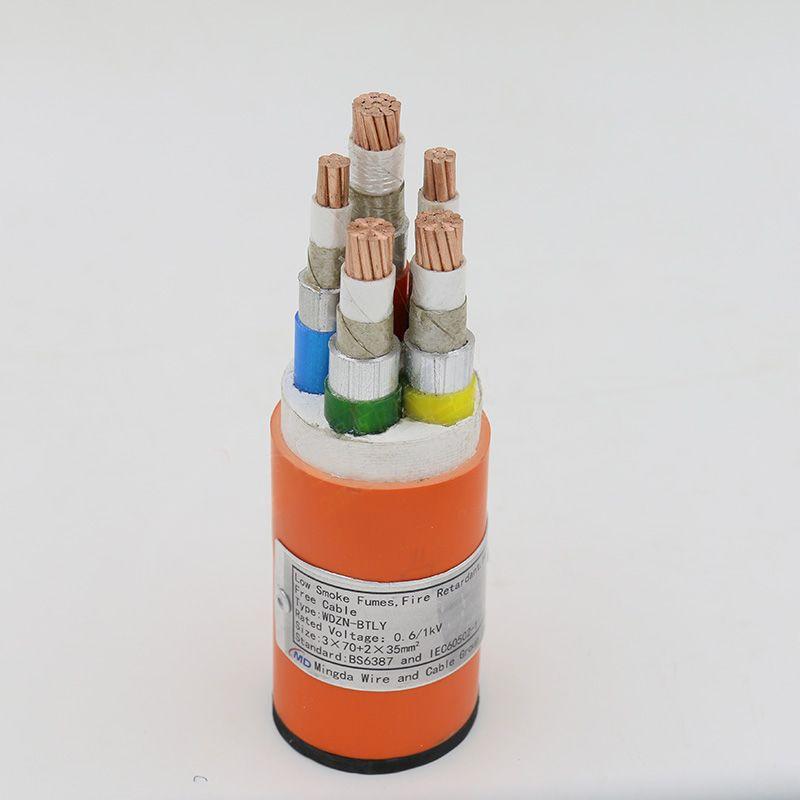Dec . 31, 2024 16:41 Back to list
Understanding the Benefits of Rubber Joint Flanges in Industrial Applications
Understanding Rubber Joint Flanges Key Features and Applications
Rubber joint flanges are essential components in various industrial applications, serving as flexible connections between piping systems. They are particularly valued for their ability to absorb vibrations, accommodate misalignments, and provide a seal against leakage. These characteristics make rubber joint flanges indispensable in sectors such as water treatment, HVAC, and manufacturing.
What Are Rubber Joint Flanges?
Rubber joint flanges consist of a rubber or elastomeric element sandwiched between two metal flanges. The rubber component is typically manufactured from materials such as EPDM, Nitrile, or Neoprene, chosen for their durability and resistance to environmental factors. The metal flanges are usually made from stainless steel, carbon steel, or ductile iron, ensuring structural integrity and resistance to corrosion.
The primary function of rubber joint flanges is to create a flexible, leak-proof connection between pipes or equipment. Unlike rigid connections, rubber joints can easily accommodate the natural movements and vibrations that occur in piping systems, reducing the risk of wear and tear.
Key Features of Rubber Joint Flanges
1. Flexibility One of the main advantages of rubber joint flanges is their flexibility. They can absorb shocks and vibrations, preventing stress on the piping system, which can lead to damage over time. This elasticity also allows them to accommodate slight misalignments between connected pipes.
2. Leak Prevention The rubber material used in these flanges provides an excellent seal that minimizes the risk of leaks. This is particularly important in systems that transport liquids or gases, where even a small leak can lead to significant losses and safety hazards.
3. Corrosion Resistance Depending on the materials used, rubber joint flanges can resist corrosion from chemicals and environmental factors. This makes them suitable for use in various applications, including wastewater treatment facilities and chemical processing plants.
4. Ease of Maintenance Installing and maintaining rubber joint flanges is relatively straightforward. They often feature standard bolt hole patterns, making them compatible with a wide range of piping systems. Additionally, their flexibility allows for easier adjustments and replacements compared to conventional rigid flanges.
rubber joint flange

5. Variety of Sizes and Standards Rubber joint flanges are available in various sizes, styles, and pressure ratings, making them adaptable to different operational requirements. They can be manufactured to meet specific industry standards, ensuring compatibility in diverse applications.
Applications of Rubber Joint Flanges
Rubber joint flanges are utilized across various industries due to their versatility and efficiency. Some common applications include
- Water and Wastewater Treatment In water treatment plants, rubber joint flanges are used to connect pipes that transport water and sewage, helping to manage flow while preventing leaks.
- HVAC Systems In heating, ventilation, and air conditioning systems, these flanges help reduce noise and vibration in ductwork, enhancing the overall efficiency of the system.
- Chemical Processing Rubber joint flanges can be found in chemical plants, where their resistance to corrosive materials ensures safe and efficient operations.
- Petrochemical Industries In the oil and gas sector, rubber joint flanges are employed to connect pipelines transporting various fluids, offering flexibility and reliability under high-pressure conditions.
Conclusion
Rubber joint flanges are crucial components in many industrial systems, providing flexibility, leak prevention, and ease of maintenance. Their ability to absorb vibrations and accommodate misalignments not only enhances the longevity of piping systems but also ensures safe and efficient operation across diverse applications. As industries continue to evolve, the demand for reliable and adaptable solutions like rubber joint flanges is likely to grow, making them an invaluable asset in modern engineering practices.
Share
-
Reliable Wafer Type Butterfly Valves for Every IndustryNewsJul.25,2025
-
Reliable Flow Control Begins with the Right Ball Check ValveNewsJul.25,2025
-
Precision Flow Control Starts with Quality ValvesNewsJul.25,2025
-
Industrial Flow Control ReliabilityNewsJul.25,2025
-
Engineered for Efficiency Gate Valves That Power Industrial PerformanceNewsJul.25,2025
-
Empowering Infrastructure Through Quality ManufacturingNewsJul.25,2025


